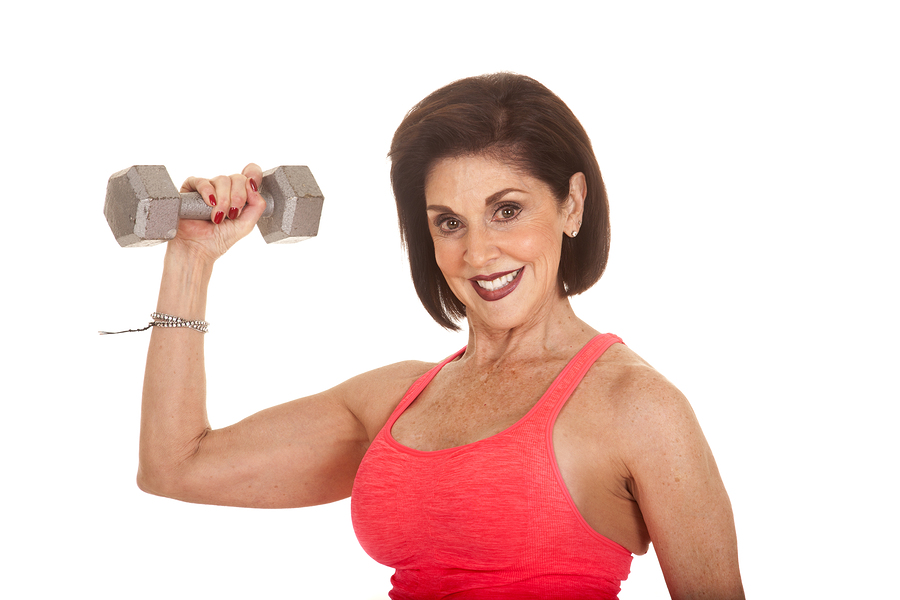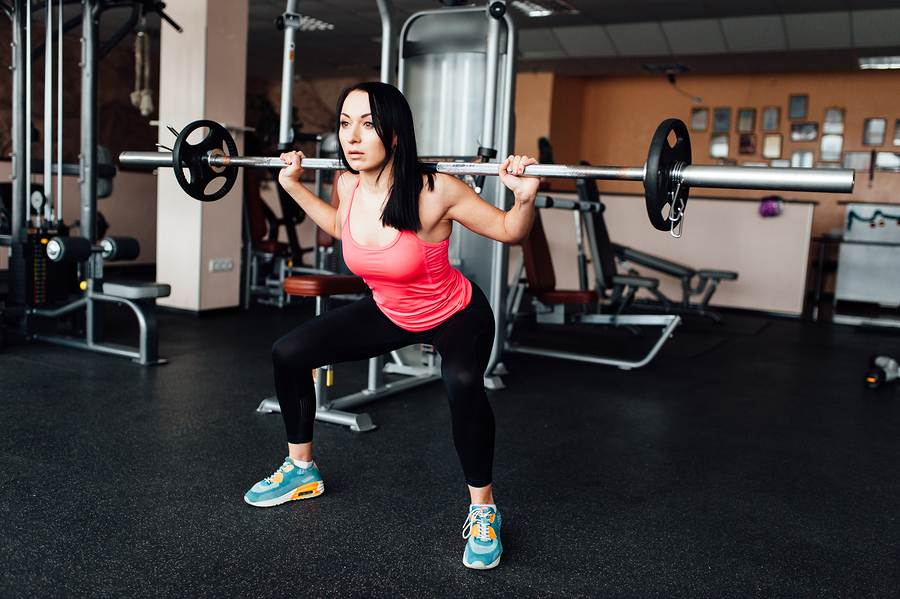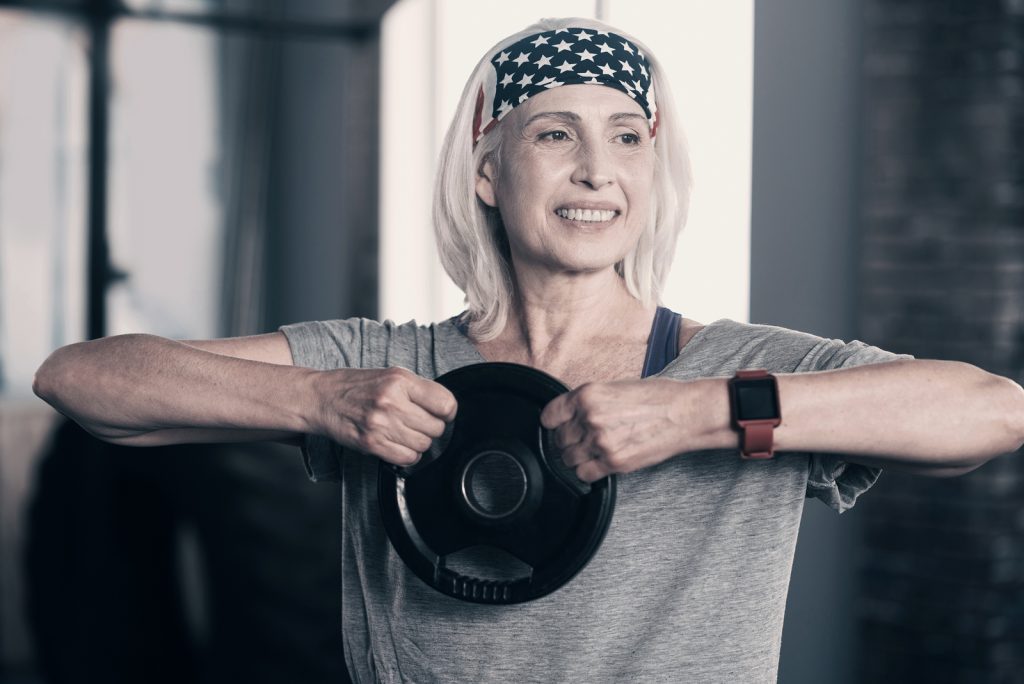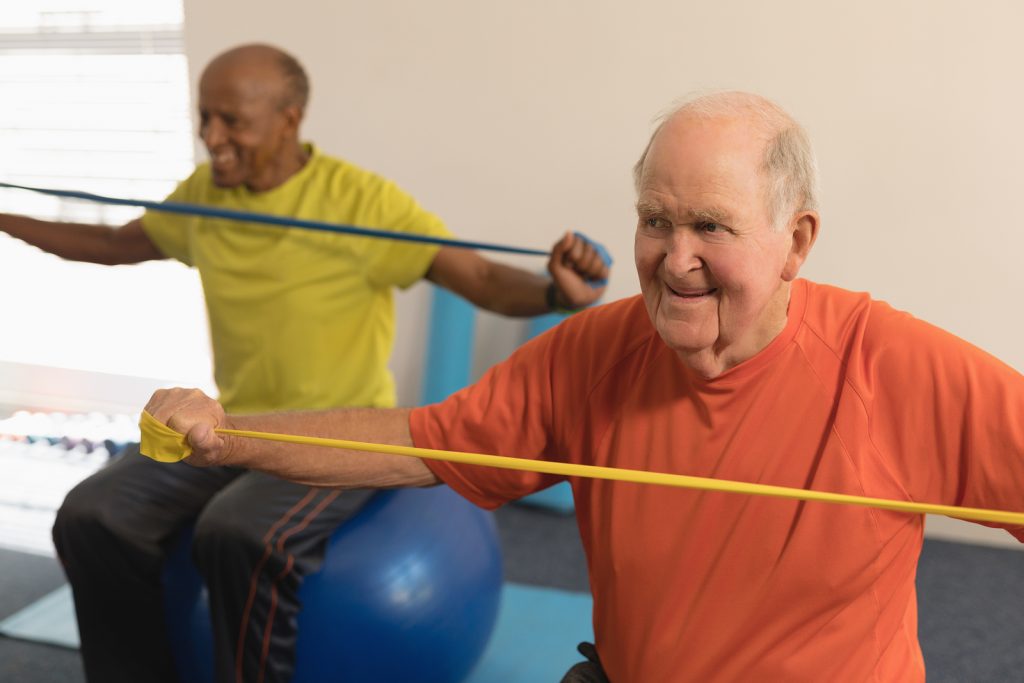What is BoneFit™ Training?
The strategy is to reduce fractures, morbidity, mortality and costs from osteoporosis through an integrated and comprehensive approach aimed at health promotion and disease management. This is not a group class; it is one on one training.
Chicago Personal Training is proud to currently be the first and the only BoneFit trainer in the Chicago area and suburbs.
Osteoporosis Statistical Information
~ Osteoporosis is responsible for at least 1.2 million fractures in the U.S. every year.
~ 1/3 of women over the age of 65 will have a vertebral fracture.
~ Peak bone mass (PBM) is achieved in late teens and early 20’s.
~ Balance exercises are an essential part of bone health.
~ Women over 50 and men over 71 need 1200 mg of calcium a day.
~ The toughness of the cortical bone decreases 10% every decade.
~ If your bones were a solid rod 12 mm in diameter they would be just as strong as a 14 mm hollow bone, but it would weight 1.5 times as much.
Posture Matters!
~ Reclining posture reduces intradiscal pressure by 50-80%
~ Sitting increases the pressure by 40%
~ Forward flexion with rotation increases it by 200%
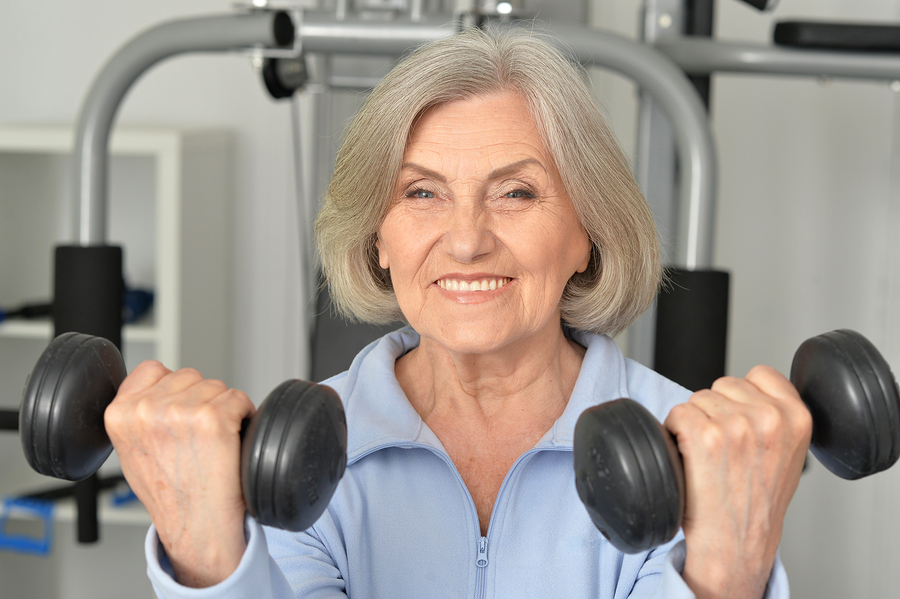
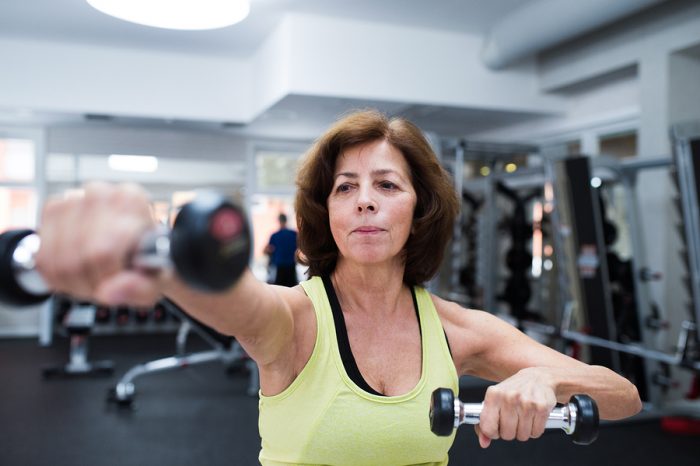
Program Development
All programs start with an evaluation. Part of the training evaluation process when dealing with osteoporosis is measuring for height changes and any changes in spinal kyphosis; among other tests.
Assessing a person’s ability to balance is crucial to fall prevention. Depending on a person’s current fitness level, testing both static balance control and dynamic balance abilities will help lay the ground work for future results.
Program Components
Osteoporosis program components focus on proper lifting form (same as all other programs), with an emphasis on specific movements to avoid injury. Key to success is the strengthening of back muscles, balance (static and dynamic) as well as focus on creating exercise movements that assist with everyday ADL’s (Activities of Daily Living).
Osteoporosis and the benefits of exercise
~ Exercising regularly may help reduce bone loss.
~ Increasing your leg strength may help reduce the risk of falling.
~ Balance exercises should be part of any exercise routine.
~ Balance exercises are an essential part of bone health.
~ Not all exercises are weight bearing.
~ Decrease the risk of a bone fracture.
~ A low-intensity back strengthening exercise program can improve quality of life for people with osteoporosis.

